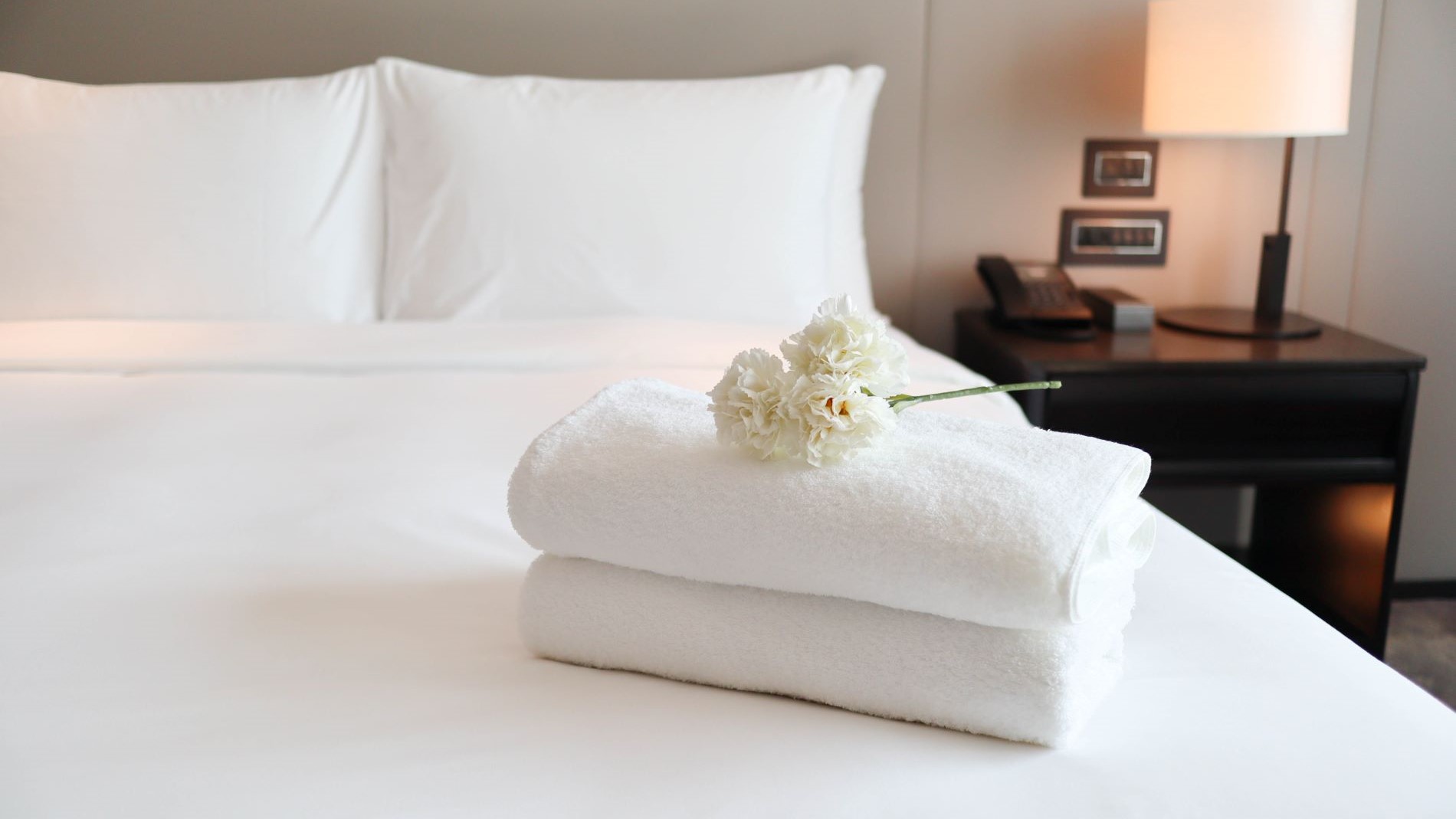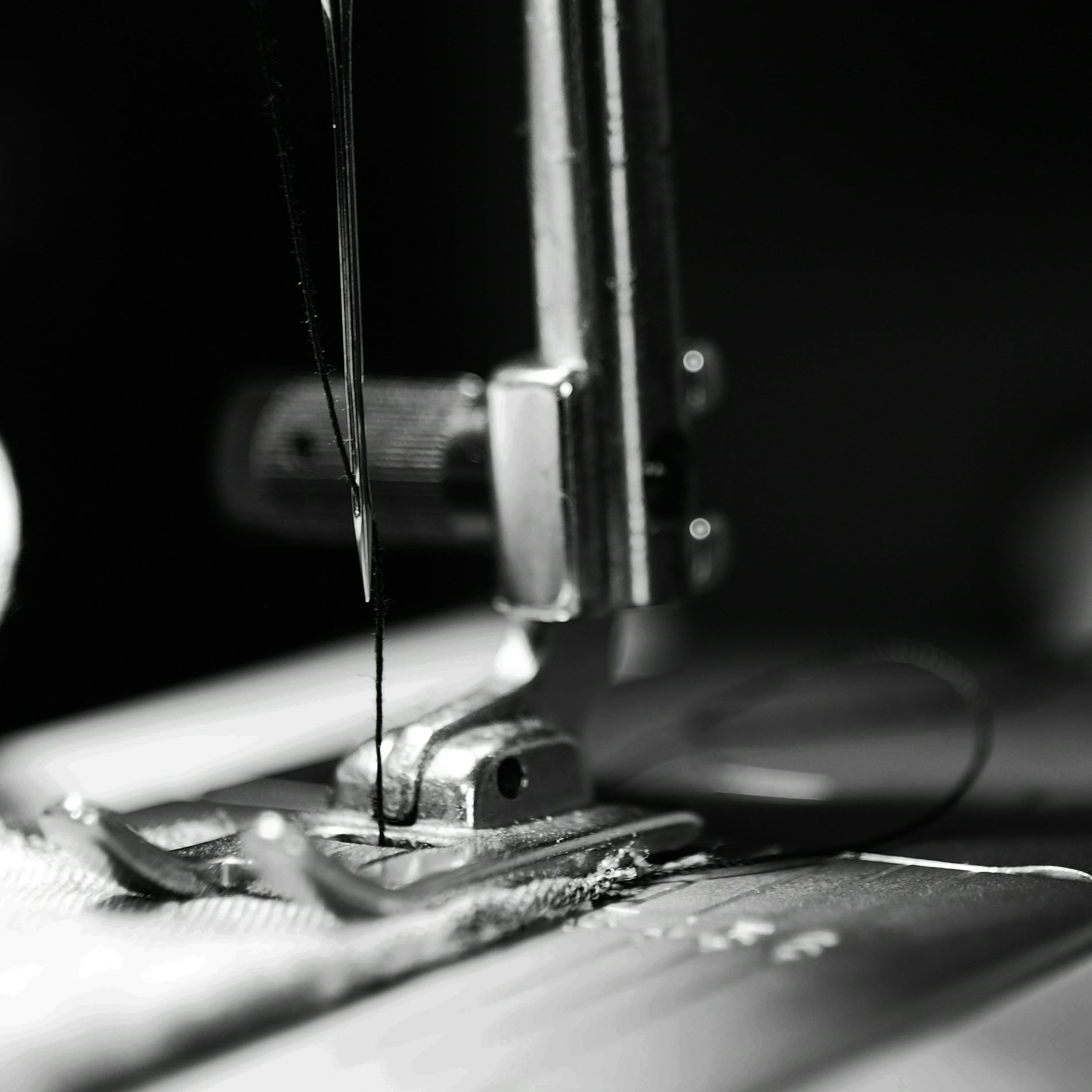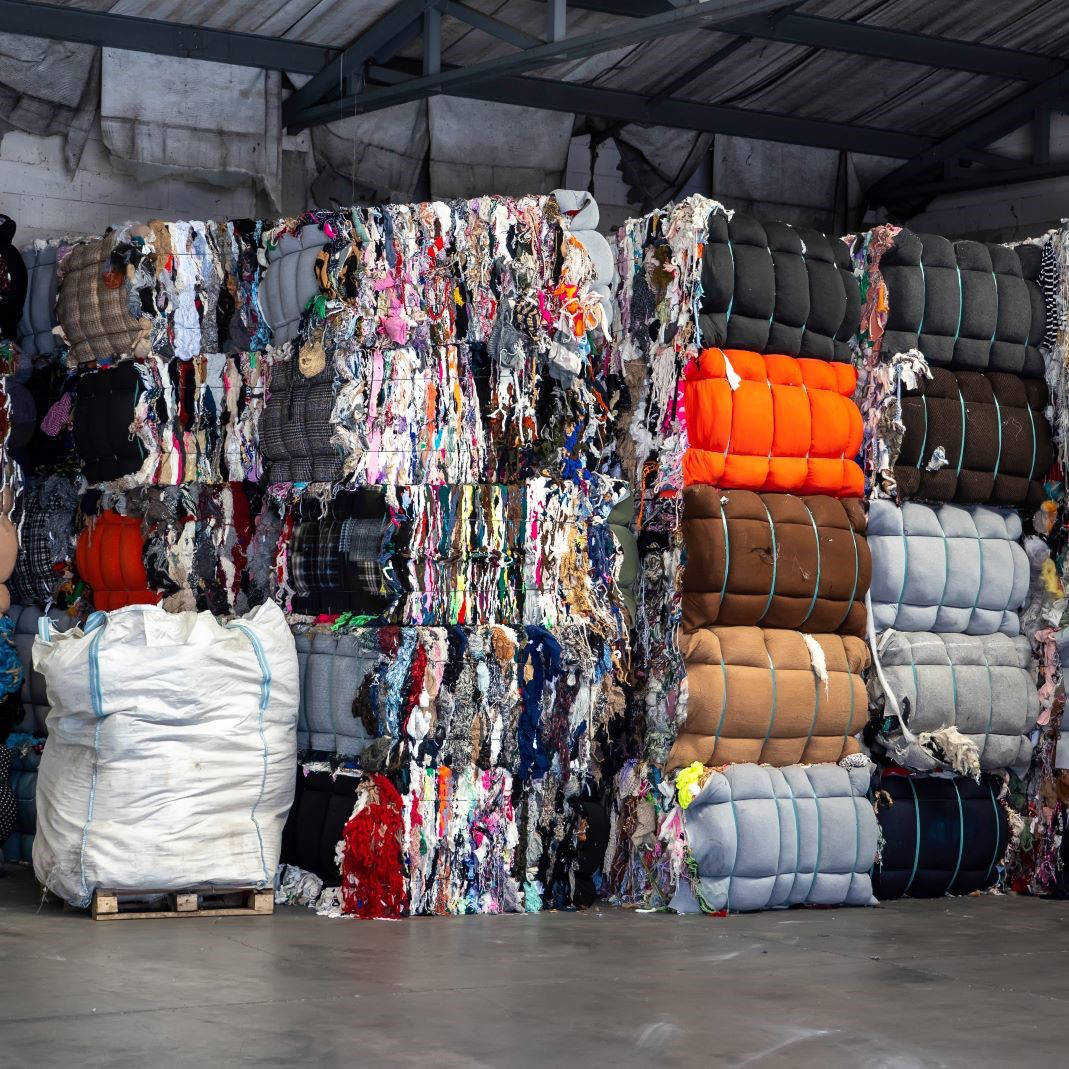Reading time: 3 minutes
Hygiene is a top priority in the hospitality sector—not only for the health and safety of guests but also to protect brand image and reputation. Textiles are particularly exposed, coming into direct contact with guests as well as food and cleaning products. Choosing the right material is therefore essential.
Balancing aesthetics and hygiene in material choice
Interior designers and textile professionals face the challenge of selecting fabrics that meet both functional and aesthetic requirements. While design remains important, antimicrobial performance is increasingly a must-have to meet hygiene expectations in hotels and restaurants.
How do antimicrobial textiles work in hotels?
The antimicrobial effect of functional fabrics is based on a range of biochemical mechanisms. These textiles create unfavourable conditions for microbial growth or actively inhibit key biological processes.
Overview of antimicrobial mechanisms:
- Inhibition of cell wall synthesis
- Interruption of protein synthesis
- Disruption of cell membrane function
- Inhibition of nucleic acid synthesis
Such effects are achieved through additives incorporated during textile production.
Metals such as silver and copper, known for their biocidal properties, are widely used. These can be woven as threads, applied as nanosilver finishes, or added as surface coatings to enhance antimicrobial effectiveness.
Requirements for antimicrobial textiles in hospitality
Textiles used in hospitality settings must withstand intense daily use. Mechanical stress, moisture, and frequent laundering place high demands on the material. Antimicrobial performance must remain stable throughout the product’s lifecycle—whether achieved via fibre integration or surface treatment.
Resistance to a broad spectrum of cleaning agents, including alcohol- and chlorine-based disinfectants, is also critical. If a textile is sensitive to such substances, it may lose surface integrity and its antimicrobial coating may degrade.
For textiles in direct contact with skin—such as bed linen, towels, or upholstery—breathability and dermatological compatibility are essential. Natural fibres like bamboo, merino wool, and other wools offer antibacterial benefits while maintaining skin-friendliness.
Applications of antimicrobial textiles in the hospitality sector
Antibacterial fabrics are used throughout hospitality interiors. The specific application defines both the technical and visual requirements of the material.
- Bedding and guest room textiles
Antimicrobial pillowcases, duvets, and mattress covers help reduce dust mites and bacteria. As these items are in close contact with guests’ skin, safety and the absence of harmful substances are vital. Natural fibres or synthetics enhanced with embedded antimicrobial agents offer ideal solutions. - Upholstery and curtains
In high-traffic public areas like hotel lobbies and restaurants, upholstery and curtains play a key role in interior design. Here, permanent and robust antimicrobial treatments are essential to ensure lasting hygiene without compromising visual appeal. - Table linens in food service
Tablecloths and napkins must retain their antibacterial function even after frequent hot washes. At the same time, visual refinement is important: smooth surfaces and finely finished seams enhance the overall dining experience. - Sanitary areas
Restrooms and washrooms see particularly high traffic, making hygiene-critical textile choices essential. Antibacterial towels incorporating zinc pyrithione or nanosilver can be used. For bath mats, diatomaceous earth-based products offer natural antibacterial performance with rapid drying capabilities.
Conclusion: different concepts for antimicrobial textile solutions
Meeting the high standards of hygiene and durability in hospitality environments requires well-planned textile concepts. Combining antimicrobial performance with aesthetic integration and functional robustness is a complex task—but feasible thanks to a wide range of fibre types, including treated synthetic yarns and naturally antibacterial materials.
FAQ – Frequently asked questions on antimicrobial textiles
What are the benefits of antimicrobial textiles in hotels?
They help meet the strict hygiene demands of the hospitality sector. By reducing microbial load, textiles remain visibly clean and hygienic, even with high guest turnover. Combined with antistatic effects, they may also offer hypoallergenic benefits.
Are antimicrobial fabrics durable under heavy use?
Yes. These fabrics are specifically developed for repeated washing at high temperatures. In high-traffic areas like lobbies and conference rooms, abrasion resistance and structural stability are key performance factors.
Are there regulations for antimicrobial hospitality textiles?
Currently, there are no dedicated legal standards for antimicrobial efficacy in textiles. However, general hygiene regulations and limits for chemical substances apply. Certifications and test standards such as DIN EN ISO 20743 offer guidance, assessing microbial reduction against test organisms like Staphylococcus aureus and Klebsiella pneumoniae.










